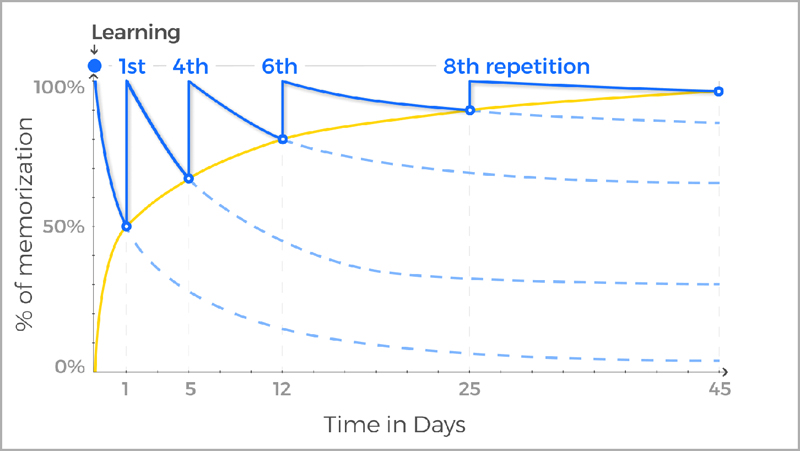A Guide to Choosing the Right Professional Photography Education
by Kelly Schneider
Texas School Instructor
My 30-year career in advanced skills training, encompassing the development of thousands of hours of instructional materials and the delivery of more than 200,000 hours of instruction as an instructor, facilitator, and director of training for multi-million-dollar programs, has provided me with an unparalleled view of the professional photography education landscape.
This landscape can be a minefield. While countless individuals offer training, truly effective instruction is rare. I’ve witnessed the best and worst: some photographers excel at delivering impactful education, while far too many, despite their photographic talent, fail to effectively translate their expertise into valuable training programs. This leaves well-intentioned students underserved. The proliferation of mislabeled “Master Classes,” often offering only apprentice or journeyman-level content – sometimes condensed into a mere 1.5 hours or a few days – further compounds the problem. This is particularly egregious when the content fails to align with the “Master” designation.
 With professional photographers investing between $400 and more than $6,000 annually in professional development (U.S. Department of Labor), focusing on a tangible return on investment is crucial – far more so than simply networking or socializing.
With professional photographers investing between $400 and more than $6,000 annually in professional development (U.S. Department of Labor), focusing on a tangible return on investment is crucial – far more so than simply networking or socializing.
For professional photographers, continuous learning is not just an advantage – it’s a necessity. The field constantly evolves with new technologies, techniques, and business practices. Investing in professional education can sharpen skills, expand creative vision, and ultimately boost careers. However, with a plethora of workshops, online courses, and mentorship programs available, how do you choose the right educational experience? This article provides a detailed guide to effectively selecting the best learning opportunities by focusing on program learning objectives and educator expertise.
Defining Your Educational Needs – Before researching programs, define your specific needs and goals. Ask yourself:
- What areas do I want to improve? (e.g., lighting techniques, portrait posing, post-processing, business marketing)
- What is my preferred learning style? (e.g., hands-on workshops, online courses, one-on-one mentorship)
- What is my budget and time commitment?
Answering these questions will help narrow your options and focus on programs that align with your individual requirements.
Key Factors to Consider When Evaluating Photography Education Programs – Once you understand your needs, consider these factors:
- Content Level and Learning Objectives:
- Beginner, Intermediate, or Advanced – Ensure the program’s content level matches your current skill set. Avoid wasting time and money on introductory material if you’re already proficient.
- Specific Skills and Knowledge – Carefully review the program’s learning objectives. What specific knowledge and skills will be taught? Does it cover your desired areas of improvement? Look for detailed syllabi or course outlines that clearly state learning outcomes.
“Learning is not the product of teaching. Learning is the product of the activity of learners.” – John Holt
- Hands-on Practice and Application:
- Percentage of Hands-on Activities – Practical experience is crucial. Determine the percentage of the program dedicated to hands-on practice, shooting exercises, and real-world application.
- Equipment and Resources – Will the program provide necessary equipment, or are you expected to bring your own? Are there studio sessions, on-location shoots, or opportunities to work with models?
- Educator’s Expertise and Teaching Skills:
- Professional Background and Achievements – Research the educator’s background, experience, and accomplishments. Are they recognized experts?
- Teaching Style and Communication Skills – A skilled photographer is not necessarily a skilled teacher. Look for educators with a proven track record of effectively conveying knowledge and inspiring students. Check testimonials or reviews.
- Learning Environment and Location:
- Class Size and Student-to-Teacher Ratio – Smaller class sizes allow for more personalized attention. Inquire about the student-to-teacher ratio.
- Location and Its Impact on Learning – The location can significantly affect the learning experience. Consider accessibility, resources, and photographic opportunities. A visually inspiring environment can enhance creativity.
Learning Retention and the Ebbinghaus Forgetting Curve – The Ebbinghaus forgetting curve describes the rapid decline in memory retention over time. Hermann Ebbinghaus found that within an hour of learning new information, people tend to forget up to 50 percent; within 24 hours, this can increase to 70 percent; and within a week, retention can drop to around 25 percent (volatile knowledge).
Overcoming the Forgetting Curve – Photographers must combat this effect. Many attend training, but without reinforcement (practice) much information is lost. Some education offers no solution other than reminding students to practice. Fortunately, there are strategies to combat the forgetting curve.
Leverage the Power of Spaced Learning – “Don’t only practice your art, but force your way into its secrets; art deserves that, for it and knowledge can raise man to the Divine.” – Ludwig van Beethoven.

Spaced learning reinforces information at regular intervals to improve retention. This means training should be reinforced regularly (blue lines at left). Rather than providing training once and expecting long-term retention, photographers should schedule regular refresher training and follow-up sessions. Educators should provide post-education support through face-to-face or online groups for ongoing Q&A. Ask if there is a home guide to help develop a post-class practice routine or homework.
- Resources and Support:
- Take-Home Materials – Does the program provide resources such as workbooks, handouts, or video recordings? These are valuable references.
- Post-Education Support – Does the program offer post-education support, such as online forums, alumni networks, or follow-up consultations?
- Cost and Value:
- Program Fees and Expenses – Consider program fees and additional expenses such as travel, accommodation, and materials.
- Return on Investment – Evaluate the potential ROI. How will the acquired skills and knowledge advance your career, attract clients, or increase income?
Researching and Evaluating Programs – Use these resources:
- Online Searches: Use relevant keywords.
- Professional Photography Organizations – Explore resources from organizations like PPA or ASMP.
- Industry Publications and Blogs – Read articles, reviews, and interviews.
- Social Media and Online Forums – Connect with other photographers.
Making an Informed Decision – Choosing the right professional photography education is a significant investment. By carefully considering these factors and conducting thorough research, you can make an informed decision and select a program that empowers you to reach your full potential as a photographer and businessperson.
The Texas School of Professional Photography (and other PPA Schools) is a proven example of where you can find educators and programs that meet or exceed the highest standards. If you invest time in determining the best education for your limited learning dollar, you will find the right educator and program that will make a difference.
Remember, the goal is not just to acquire new skills but to find a learning experience that inspires, challenges, and propels you forward in your professional journey – a journey that truly begins after the class ends.
 Kelly and Kalina Schneider are a husband-and-wife team with a passion for creating unique portraits and sharing their expertise. They bring a potent blend of Kelly’s advanced technical skills of 30+ years teaching complex skills in the Department of Defense and Kalina’s artistic vision, which includes a Master’s degree in art from Poland and more than 10 years at the National Gallery of Art. They will be teaching “Unleash Your Inner Portrait Mastermind” at the 2025 Texas School of Professional Photography. Learn more at: www.ksfinearts.com.
Kelly and Kalina Schneider are a husband-and-wife team with a passion for creating unique portraits and sharing their expertise. They bring a potent blend of Kelly’s advanced technical skills of 30+ years teaching complex skills in the Department of Defense and Kalina’s artistic vision, which includes a Master’s degree in art from Poland and more than 10 years at the National Gallery of Art. They will be teaching “Unleash Your Inner Portrait Mastermind” at the 2025 Texas School of Professional Photography. Learn more at: www.ksfinearts.com.
(cut line) REF: https://www.taalhammer.com/the-forgetting-curve-hermann-ebbinghaus/











